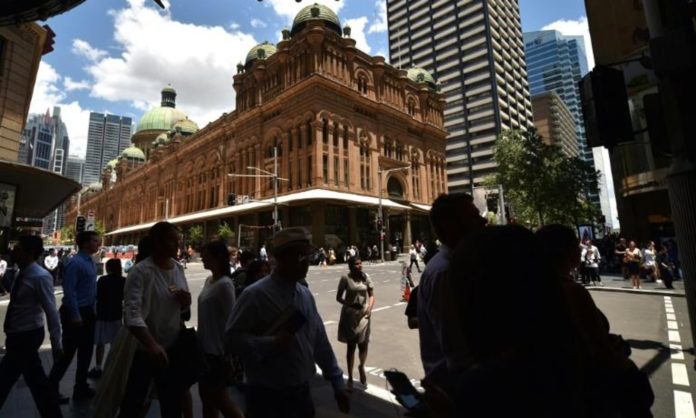SYDNEY, March 6, 2018 (BSS/AFP) – Australia’s central bank kept interest
rates at a record low Tuesday in a widely expected decision with wages growth
still weak and inflation below target.
The Reserve Bank of Australia has not adjusted rates since August 2016,
following a series of cuts from November 2011 that took it to 1.50 percent in
a bid to boost non-mining sectors of the economy.
Governor Philip Lowe said in a statement that current monetary policy was
“consistent with sustainable growth in the economy and achieving the
inflation target over time”.
The move was widely tipped, with weak wages growth, below target inflation,
and a still too high Australian dollar, despite solid business conditions and
jobs growth.
“The low level of interest rates is continuing to support the Australian
economy,” Lowe said.
“Further progress in reducing unemployment and having inflation return to
target is expected, although this progress is likely to be gradual.”
Underlying or core inflation — which strips out volatile items and is
closely watched by the central bank — is at an annual 1.9 percent, just
below the RBA’s target band of 2.0-3.0 percent.
The decision to stay put came ahead of quarterly growth data due Wednesday,
which will give the Reserve Bank board a better guide on the economy’s well-
being.
Analysts expect expansion of around 0.5 percent in October-December, for an
annual rate of 2.5 percent — in line with the Reserve Bank’s most recent
forecast.
The Australian dollar dipped from 77.85 US cents before Tuesday’s rate
announcement to 77.80 US cents shortly after.
Lowe remains concerned about its continued strength, due to weakness in the
US dollar.
“An appreciating exchange rate would be expected to result in a slower
pick-up in economic activity and inflation than currently forecast,” he said.
The bank said business conditions were positive and non-mining business
investment was increasing, while higher levels of public infrastructure
investment were helping support the economy.
But a continuing source of uncertainty was the outlook for household
consumption. While household incomes were slowly growing, debt levels
remained high, it said.
And while employment continues to grow, wage growth remains low.
“This is likely to continue for a while yet, although the stronger economy
should see some lift in wage growth over time,” it said.
“Consistent with this, the rate of wage growth appears to have troughed and
there are reports that some employers are finding it more difficult to hire
workers with the necessary skills.”



